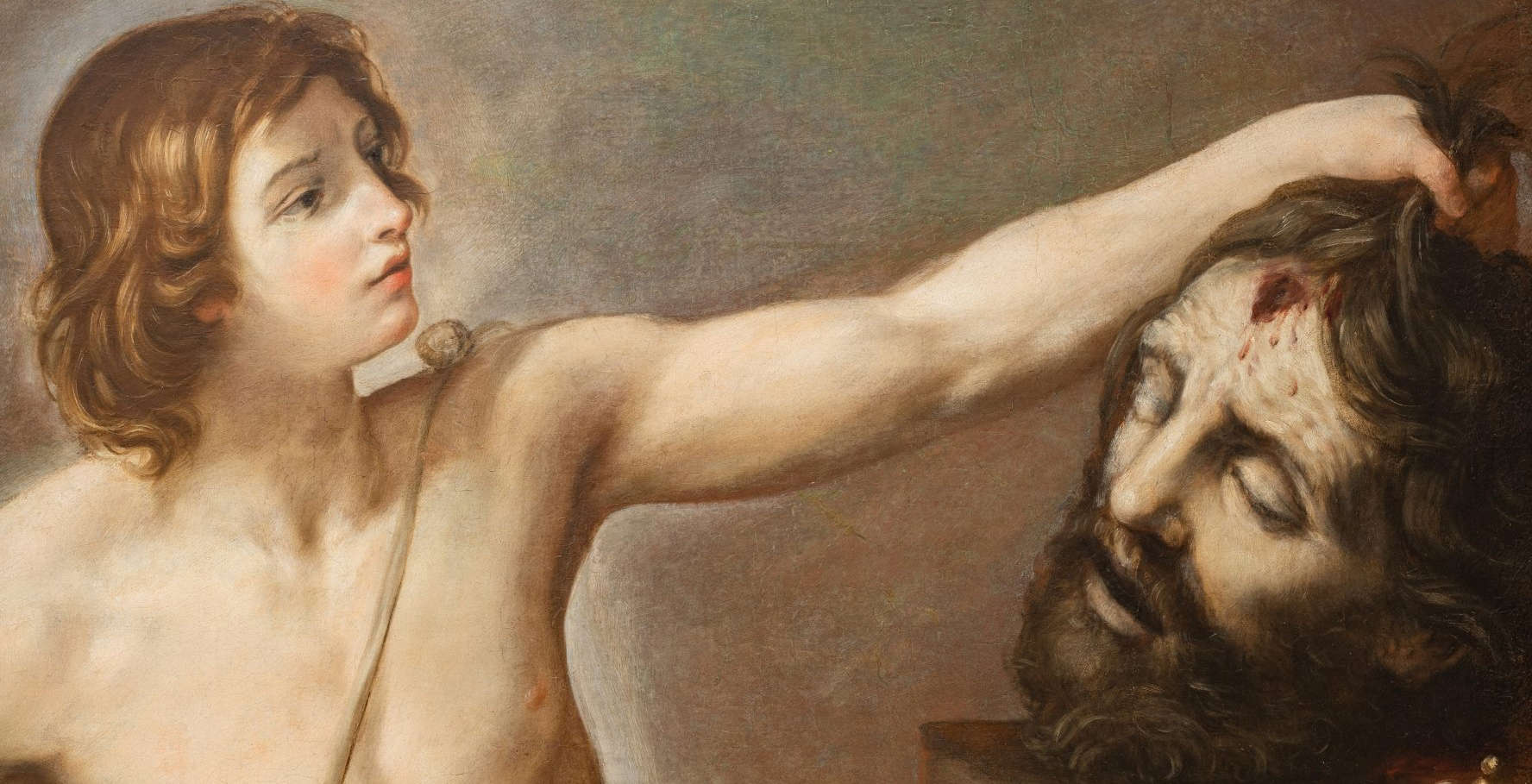This year marks the 100th anniversary of the birth in Urbino of Paolo Volponi, writer and poet, politician and business executive, and passionate art collector. In Roberto Longhi’s lecture, this passion indeed shines through in the paintings that are now part of the collection of the Galleria Nazionale delle Marche: they range from 14th-century Bolognese painting to the great Caravaggio and Emilian season of some of the most celebrated artists of the 17th century. The anniversary thus offers an opportunity to delve more deeply - just over a year after the opening of the new exhibition rooms on the second floor of the Ducal Palace in Urbino, where the two Volponi donations have also been relocated -, into the figure of the collector and some aspects of his research, between art and literature.
In this regard, next July 18, the exhibition Volponi corporale, curated by the Galleria Nazionale delle Marche and set up in spatial continuity with the two exhibition halls that house the paintings donated respectively by Volponi himself in 1991 and by his wife Giovina Iannello together with their daughter Caterina in 2003, will open at the Ducal Palace in Urbino.
Until next Jan. 6, 2025, the exhibition aims to go deeper into the investigation of Volponi’s predilection for the seventeenth century, between naturalistic research and pictorial virtuosity. In fact, visitors will be confronted with a number of canvases that will allow them to rediscover the themes of ecstatic rapture and physical penitence, of the nude, whether female or male, investigated in the epidermal truth of time wearing away, of still life as a truth popular and at the same time a meditation on existence through a genre that found its greatest conceptualization in the seventeenth century, of color and light as tools for investigating nature and as pictorial counterparts to Volponi’s figurative prose.
Among other things, the concomitance at the Ducal Palace of the major exhibition Federico Barocci Urbino. The Thrill of Modern Painting offers a unique opportunity to admire a large portion of 17th-century Italian - and other - painting, considered from multiple points of view.
The Volponi corporal exhibition will unfold through a nucleus of eight pictorial works: in a position of honor for those entering from the great hall of the 16th century, one can admire Magdalene in Ecstasy (from the lost original by Caravaggio), which is juxtaposed with St. Jerome supported by angels by Rutilio Manetti. On the back walls follow the two still lifes, the popular recipe of a Battistello “gastronomo” and a vanitas typical of the spiritual exercises on the meaning of time and existence; on the counterwall a penitent Saint Jerome by Lorenzo Gennari taken from the altarpiece of the Pinacoteca civica of Cento, which closes the selection next to a Sofonisba suicida of Guercino’s ambit like the aforementioned Saint Jerome by Gennari. In the center of the room, evoking two of Volponi’s great passions, are an extraordinary Martyrdom of Saint Sebastian by Schedoni (to be ideally linked a few meters away to theElemosina of Saint Elizabeth of Hungary) and a Christ at the Column by Carlo Saraceni, a painter among his most beloved and who is evoked precisely at the close of the Corporal.
These eight works will be added to the 21 others from the Volponi donations already present in the museum itinerary; they also include Mattia Preti’s Sacrifice of Isaac, Guido Reni ’s David Contemplating the Head of Goliath (pictured below), Jusepe de Ribera’s The Philosopher Origen, and Salvator Rosa’s The Academy of Plato.
It should be noted that all the works at the Galleria Nazionale delle Marche and from the Volponi Collection will be brought together in a nimble catalog, bearing text by Massimo Raffaeli, available for visitors.
For all information, you can visit the official website of the Galleria Nazionale delle Marche.
 |
| Urbino, Paolo Volponi's collection in an exhibition celebrating 100 years since his birth |
Warning: the translation into English of the original Italian article was created using automatic tools. We undertake to review all articles, but we do not guarantee the total absence of inaccuracies in the translation due to the program. You can find the original by clicking on the ITA button. If you find any mistake,please contact us.